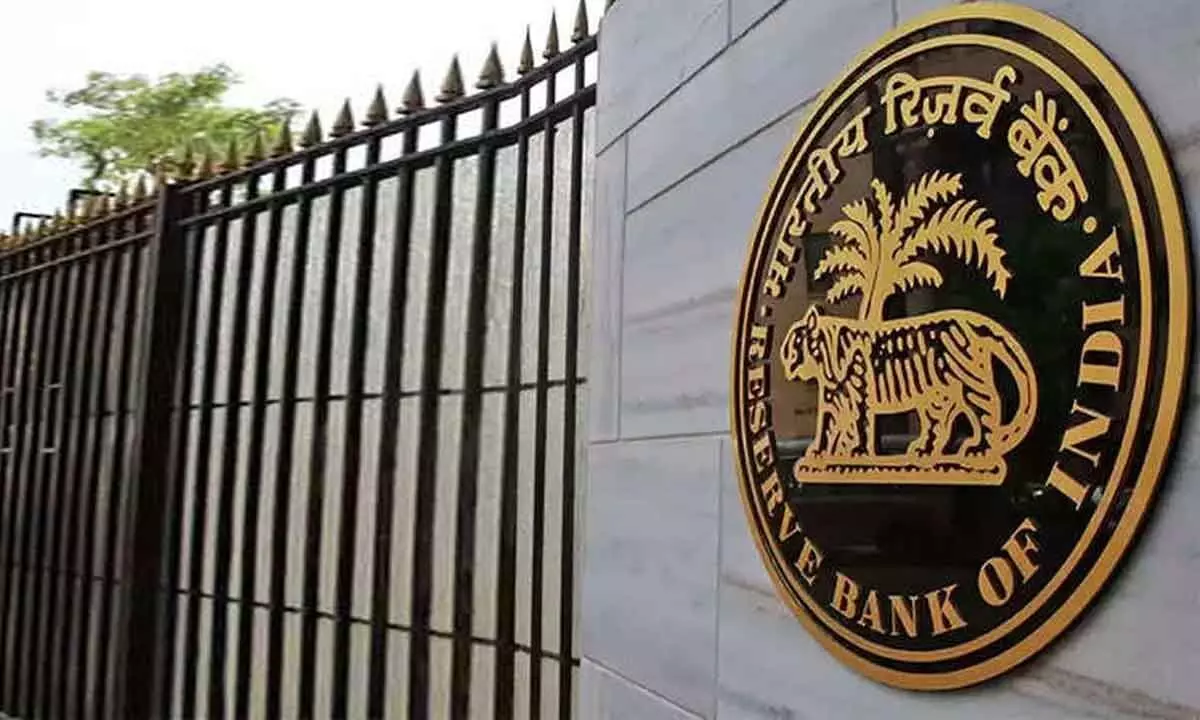RBI should remain non-committal on future rates path
After going on a rate hike spree, the Reserve Bank of India (RBI) is likely to change tack and opt for the dovish path into the future. The reason is not far to seek. April is likely to see another 25 bps hike and RBI would continue to be non-committal on future rates path, as the fluid global situation demands frequent macro re-assessments.
image for illustrative purpose

After going on a rate hike spree, the Reserve Bank of India (RBI) is likely to change tack and opt for the dovish path into the future. The reason is not far to seek. April is likely to see another 25 bps hike and RBI would continue to be non-committal on future rates path, as the fluid global situation demands frequent macro re-assessments.
However, analysts feel that the situation might warrant frequent adjustments in policy assessments in the days ahead. Moreover, the inflation outlook is fraught with uncertainty. Emkay sees Q4 inflation overshooting the RBI's revised forecast by 50bps (assuming no past data revisions), although analysts retain their FY24 forecast at 5.2 per cent.
The recently released RBI MPC minute shows the two external members expressing dissent. They were firm in the belief that excessive interest rate hike will have implications on economic growth given that raising real policy rates could reduce demand.
It will have a stronger effect on growth than on inflation and one should take into account the lags in policy transmission. It was specifically pointed out that India does not have to follow the US Fed as large excess demand, tight labour markets and an unprecedented deviation from inflation target which are prompting the Fed to continue hiking rates are absent in India.
The MPC reviewed the surveys conducted by the Reserve Bank to gauge consumer confidence, households’ inflation expectations, corporate sector performance, credit conditions, the outlook for the industrial, services and infrastructure sectors, and the projections of professional forecasters. The MPC decision reflects a heterogeneous conglomerate. There has been considerable dissent in the MPC meetings as members, especially academicians, have opposed the policy decision, albeit in small numbers.
However, the voting majority in MPC has scuttled the ‘minority’ voice when it comes to RBI policy making decisions. The disagreement with the ‘majority view’ is not limited to external MPC members; even internal members have had differences on the size as well as direction of policy rate changes.
To reflect into the minority viewpoint on policy rate action, Ecowrap developed an interest rate skewness index to measure disagreement in MPC decision. It reflects into the dissent taken by minority members giving equal weightage to their perspective in decision-making.
Thus, whenever decisions have been taken on a consensus note, there would be no divergence between voting decision and interest rate skewness index.
However, divergence will reflect the viewpoint of minority members, which has not been reflected into policy rate setting. A positive skewness reflects possible tightening in the future while a negative skewness reflects possible easing in future. Our current Skewness Index indicates that going forward the rate hikes will either be set in pause mode or be of lower magnitude (15 bps). In this backdrop, scope for further rate hikes looks low.

